(Occurrence of Echinococcus multilocularis and alveolar echinococcosis in Romania
Summary. Between 2007–2010, 561 small intestine samples and 176 faces samples from foxes, and 364 wild rodents were examined in 15 counties from the north-western and central part of Romania, searching internal parasites, especially the presence of E. multilocularis and its larval form, echinococcus alveolaris. The scrapings of the small intestinal mucosa were examined by microscope, and the faeces with ELISA coproantigen test. To determine the taxonomy of the found Echinococcus species PCR multiplex method was used. The liver of the wild rodents were examined macroscopically and histopathologically.
The results showed 4.8% E. multilocularis infestation in foxes. The PCR method confirmed the presence of E. multilocularis species. The coproantigen-ELISA examination of faeces indicated 17.0% prevalence of Echinococcus infection. Echinococcus alveolaris was found in 13 (3.6%) of the examined 364 potential intermediate hosts. Fertility of these cysts was 53.8%. In laboratory conditions the authors succeeded to induce experimentally the echinococcus alveolaris infection in white mice.)
Az 1980-as évekig Európában mindössze 4 országban (Ausztria, Franciaország, Németország és Svájc) volt ismeretes az Echinococcus multilocularis előfordulása rókában. 1996-ra ezen országok száma kilencre nőtt, és azóta is rohamosan terjed a kontinensen, sőt az egész északi féltekén. Lengyelországban, 1982-ben a megvizsgált rókapopuláció 2,6%-a volt fertőzött. 2003-ra a fertőzöttség 29,4%-ra nőtt (13, 14). Szlovákiában az első fertőzött rókát 1999-ben találták, majd a fertőzöttség 2000-ben 24,8%-ra, 2001-ben pedig 33,9%-ra nőtt (6, 12). Magyarországon E. multilocularist rókában először csak 2003-ban mutattak ki, amikor a vizsgált rókák 5%-a volt fertőzött (34). Későbbi vizsgálatok során a rókák 12,6%-át (35), 2010-ben pedig, az ország egész területére kiterjedő szűrővizsgálatban, átlagosan a rókák 10,7%-át találták fertőzöttnek (1, 17). (…)



